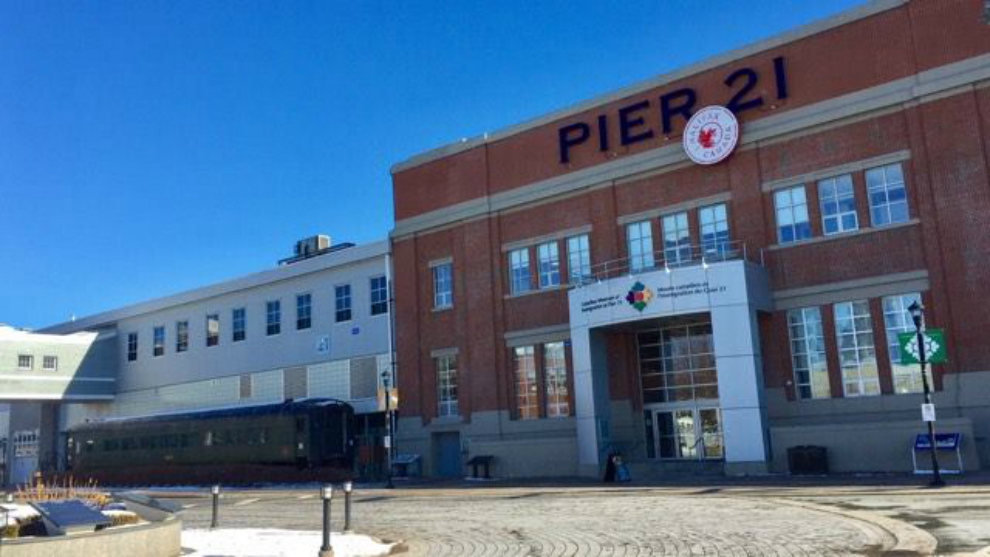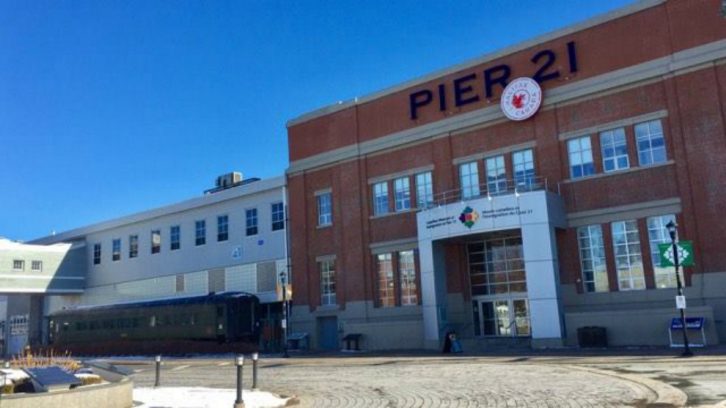Immigration
Then and now: Arriving in Halifax as an immigrant
The experience in 2017 is completely different than it was 90 years ago

caption
Pier 21, formerly an immigration centre, is now an immigration museum.
caption
Pier 21, formerly an immigration centre, is now a museum.Immigration in Nova Scotia has changed significantly over the years.
In the 1900s, immigrants arrived in Nova Scotia mainly by boat, docking at Pier 21, a national immigration centre. Pier 21 welcomed about one million immigrants between 1928 and 1971.
“The passenger liner would arrive,” said Steven Schwinghamer, a historian at the Canadian Museum of Immigration at Pier 21, and if it was a big ship, people would spill out “directly onto the second level of the pier.” Related stories
Passengers would then wait in an assembly area. This area had room for about 1,000 people. They would then go through a medical check and a civil examination. Those checks usually only lasted a few minutes each, as they were more of a verification of the paperwork the newcomers would have already acquired while they were still overseas.
Most immigrants were then allowed to proceed to get their luggage checked. Some would spend a little extra time at Pier 21 if something didn’t quite check out during their examinations. Some would simply wait for the checks to be complete, or would seek out help at the social services office housed in the building.
Nowadays, most immigrants turn to Immigrant Services Association of Nova Scotia, or ISANS, for help. The organization, which has been operating since the 1980s, is the largest of its kind in Atlantic Canada.
“The standards (for immigrating to Canada) are a lot higher now than they were before, and there’s much more of an economic focus,” said Nabiha Atallah, who works with ISANS. “The applicant is assessed on the basis of their education, their experience, their language skills and a few other items.”
Demographics
Demographics have also changed considerably since the days that Pier 21 was in operation.
“Most of the people who came through here were northern European, white,” Schwinghamer said. “They were viewed as preferred immigrants.”
He noted the role that policy plays in determining who immigrates to Canada.
“There aren’t a lot of Asian immigrants coming in here because we’re on the wrong side of the country, but there also aren’t a lot of Asian immigrants coming in here because they were on the wrong side of immigration policy for most of the years that Pier 21 operated,” Schwinghamer said.
“For most of the years that this site ran, Canadian immigration policy was essentially racist and had strong components of Eurocentric, British identity,” he added, noting that a lot has changed since then.
After the end of the Second World War, most immigrants coming to Canada were British war brides who were coming to live with their new husbands.
By 2012, a large number of immigrants to Nova Scotia were coming from countries like China, Egypt, India and Iran.
Today, immigrants come from a more diverse range of countries.
“Asia is definitely very prominent,” said Atallah. “All the countries of Asia as a continent are very prominent in the immigration field for Canada.”
Services
Today, immigrants can turn to ISANS for various services, including for assistance learning English and connecting with their new communities.
“We provide an initial needs assessment, we provide language training, we provide employment support, support for people who want to start their own business, we provide support for connecting with the community and we provide family support,” said Atallah.
“We also provide support for employers who want to hire immigrants.”
Those services, aside from what was offered at the social services office at the pier, would not have been available upon arrival into Nova Scotia to many immigrants during Pier 21’s time of operation, as many of them did not stay here for long before departing to other areas of the country. They would have had to seek them out in their new communities.
More immigrants arriving in Nova Scotia today settle here instead of moving on to other parts of Canada.
“Our retention rate is improving,” said Atallah. “For Nova Scotia it is around 74 per cent.”


D
Don Nickerson